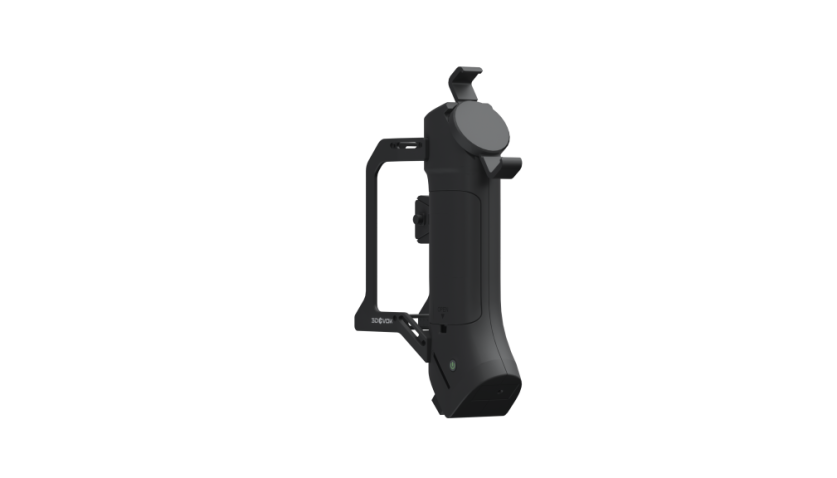Unleashing Creativity with a 3D Design Scanner: How Technology is Shaping Modern Art and Design
04/21/25
As a team deeply immersed in the world of digital design and innovation, we’ve seen how transformative a 3D design scanner can be. Far more than a digitization tool, it empowers us to explore new creative directions, preserve important artifacts, and reshape traditional workflows with digital precision.
Transforming Art, Entertainment, and Cultural Preservation
The creative potential of 3D scanning spans multiple industries. In filmmaking, for example, we use it to build hyper-realistic visual effects and props. In the realm of heritage preservation, 3D scanning is invaluable for digitally safeguarding delicate artifacts and structures without any physical interference, reducing the risk of damage to irreplaceable cultural heritage.
The technology allows us to replicate sculptures, historical landmarks, and even intricate art pieces with a level of detail that was once unimaginable. By capturing surfaces and forms with incredible accuracy, we’re able to create faithful replicas that honor the original work while allowing for innovative reinterpretation. This digital versatility expands our ability to produce, share, and restore creative assets across disciplines, leading to endless possibilities in both preservation and innovation.
Precision That Elevates Craftsmanship
Precision is one of the primary reasons we turn to 3D scanning in our work. A reliable 3D design scanner ensures that every measurement is exact, a necessity in projects where even slight discrepancies can compromise the outcome. This precision is crucial in fields such as architecture, product design, and even medical applications, where accuracy is not just important—it’s critical.
Whether crafting a sculpture or designing components for fabrication, this level of accuracy improves the quality of our output and allows us to focus on the artistic aspects of creation, confident that the technical foundations are sound. It ensures that every project we undertake is delivered to the highest standards, with the kind of consistency that can be challenging with manual methods.
From Inspiration to Execution—Smarter Workflows
Creative momentum is vital in our fast-paced industry, and with scanning tools in our workflow, we can digitize ideas as soon as they emerge. This immediacy enables quick iterations, faster prototyping, and more efficient client feedback loops. The ability to visualize changes instantly means we’re never far from the next breakthrough design.
Our digital models also serve as foundations for a variety of applications—3D printing, CNC machining, or augmented reality experiences. In our case, the 3D scanner is more than a device; it’s the engine that drives innovation from concept to completion. By converting an idea into a digital form, we can experiment with it in ways that would be impossible with traditional materials and methods.
Scalable Tools for Expanding Needs
As our projects grow in scope and complexity, we require equipment that evolves with us. That’s why we invest in scanners that support modular upgrades and remain compatible with evolving software environments. This flexibility allows us to keep pace with technological advancements and ensures that our tools remain relevant and useful for years to come.
Since integrating 3DeVOK into our toolkit, we’ve been able to meet diverse scanning challenges without unnecessary downtime. This level of adaptability ensures we continue to deliver top-tier results, regardless of the project’s size or intricacy. Whether we’re working on a large-scale sculpture or a small-scale prototype, the technology behind the scanner empowers us to maintain high standards of quality and efficiency.
Conclusion: Powering the Future of Creative Expression
In summary, 3D scanning has become an essential part of our creative ecosystem. With the right 3D design scanner, we can preserve culture, accelerate innovation, and push the boundaries of what’s possible in design.
Related Articles
View Our Product






